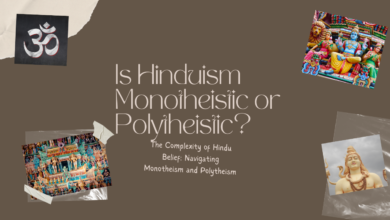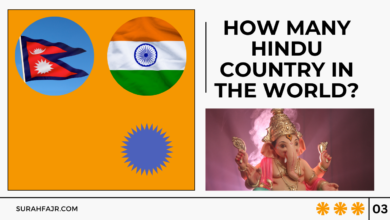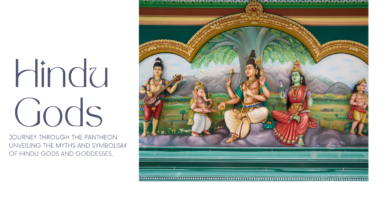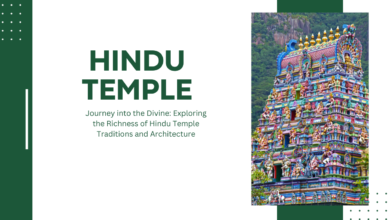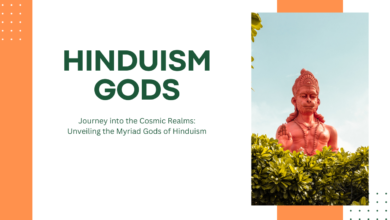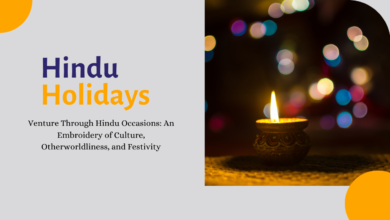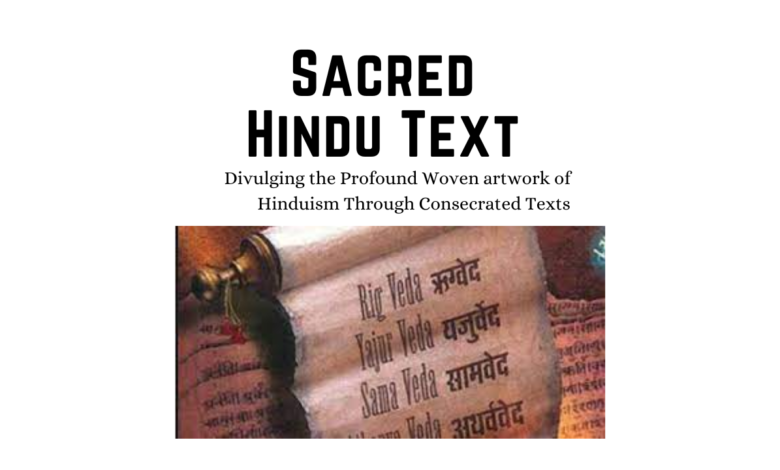
Sacred Hindu Text
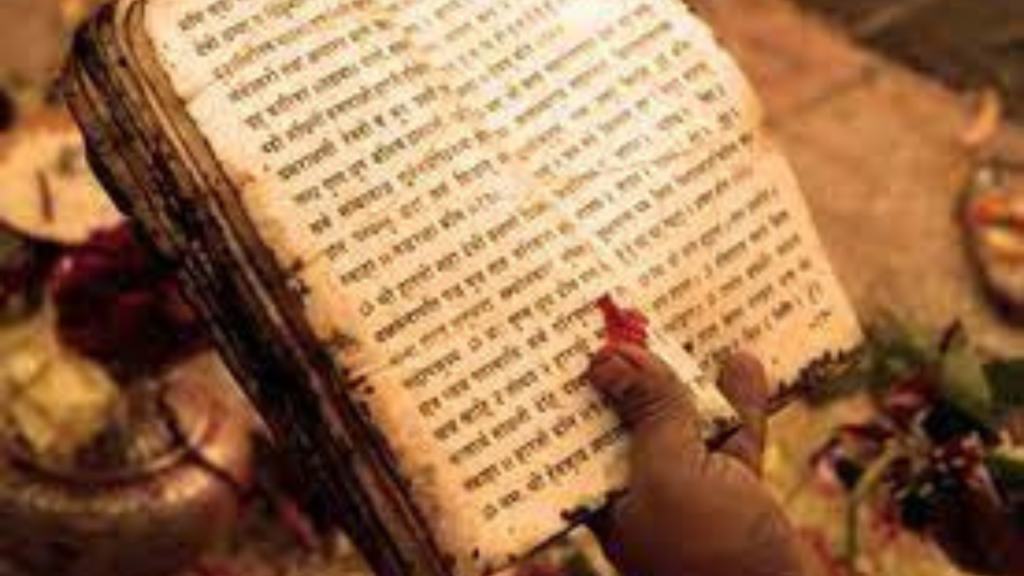
Presentation:
Hinduism, one of the world’s most seasoned religions, is rich with a different embroidery of holy texts that structure the groundwork of its otherworldly way of thinking. These texts, all in all known as the Hindu sacred writings, give an exhaustive manual for life, reasoning, and otherworldliness. In this article, we will investigate a portion of the key hallowed Hindu texts that have molded the strict and social scene of India for centuries.
Vedas:
The Vedas, thought about the most established and most legitimate sacred writings, are the basic texts of Hinduism. Formed somewhere in the range of 1500 and 500 BCE, the Vedas comprise of four assortments: Rigveda, Samaveda, Yajurveda, and Atharvaveda. These texts are a mother lode of psalms, supplications, ceremonies, and philosophical experiences. The Rigveda, specifically, is venerated for its psalms devoted to different divinities, investigating the infinite request and the interconnectedness of all presence.
Upanishads:
The Upanishads, a gathering of philosophical texts that arose around 800 BCE, structure the speculative and supernatural center of Hindu idea. Deciphered as “plunking down close,” the Upanishads were generally concentrated on in nearness to an otherworldly educator. These texts dive into significant inquiries concerning the idea of the real world, oneself (Atman), and a definitive reality (Brahman). The Upanishads advocate for self-acknowledgment and the comprehension of the interconnectedness, everything being equal.
Also Check
Bhagavad Gita:
The Bhagavad Gita, frequently alluded to as the Gita, is a 700-stanza sacred writing that is essential for the Indian incredible Mahabharata. Set as a discourse between Sovereign Arjuna and Ruler Krishna on the front line of Kurukshetra, the Gita tends to the moral and philosophical problems looked by people. It envelops lessons working (dharma), honorableness, and the ways to otherworldly acknowledgment – Karma Yoga (way of caring activity), Bhakti Yoga (way of dedication), and Jnana Yoga (way of information).
Ramayana and Mahabharata:
The Ramayana and Mahabharata are two legendary sonnets that play had an essential impact in forming Hindu folklore and culture. The Ramayana, credited to the sage Valmiki, portrays the existence of Sovereign Rama, his significant other Sita, and his dedicated friend Hanuman. It bestows examples on temperance, obligation, and the results of moral decisions.
The Mahabharata, made by the sage Vyasa, isn’t unquestionably the longest amazing sonnet yet additionally houses the Bhagavad Gita. It spins around the contention between the Pandavas and the Kauravas, giving a far reaching record of the moral, social, and political situations looked by people.
Puranas:
The Puranas are a type of old Indian writing that contains fanciful stories, legends, and parentages of divine beings, goddesses, and legends. Among the most well known are the Vishnu Purana, Shiva Purana, and Devi Bhagavata Purana. These texts act as vaults of social and strict practices, offering accounts that represent moral and moral standards.
End:
The consecrated Hindu texts act as an otherworldly compass, directing large number of disciples on their excursion toward self-acknowledgment and a more profound comprehension of the universe. Through psalms, reasoning, legends, and folklore, these texts embody the significant insight of antiquated sages and keep on moving searchers on their otherworldly missions. The variety inside these sacred writings mirrors the complex idea of Hinduism, a religion that embraces different ways to achieve profound edification.
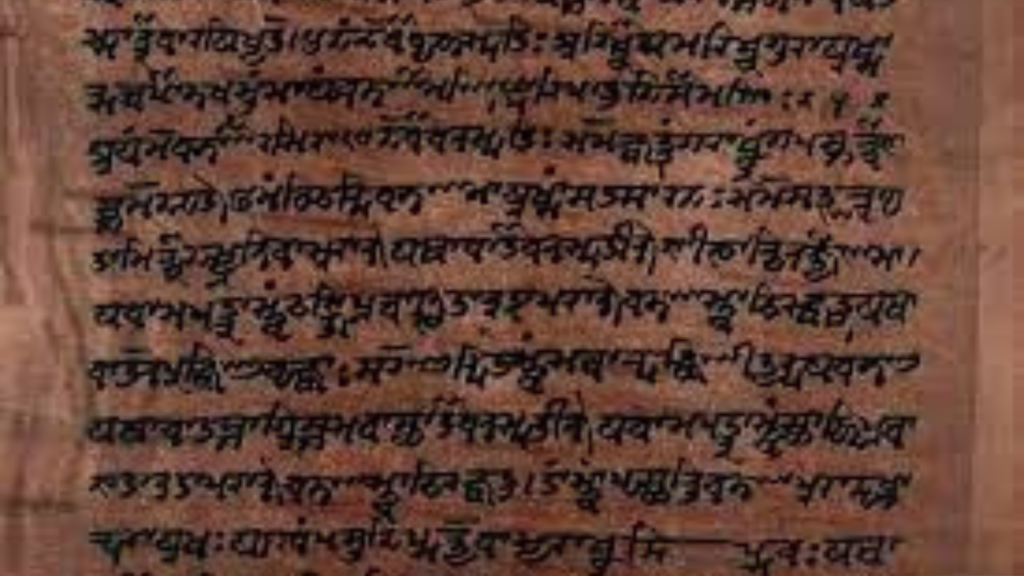
Frequently Asked Questions About Sacred Hindu Texts:
What are the Vedas, and for what reason are they considered sacrosanct in Hinduism?
The Vedas are the most seasoned sacred texts in Hinduism, containing psalms, ceremonies, and philosophical lessons. They are respected for their heavenly beginning and are viewed as the underpinning of Hindu otherworldly information.
What is the meaning of the Upanishads in Hindu philosophy?
The Upanishads investigate significant mystical ideas, examining the idea of the real world, oneself, and a definitive reality (Brahman). They act as the philosophical finish of Vedic idea.
What examples does the Bhagavad Gita impart?
The Bhagavad Gita, a discourse between Sovereign Arjuna and Master Krishna, addresses moral situations and gives lessons working (dharma), uprightness, and the ways to otherworldly acknowledgment.
How do the Ramayana and Mahabharata add to Hindu mythology?
The Ramayana portrays the existence of Ruler Rama, accentuating ideals and moral decisions. The Mahabharata, including the Bhagavad Gita, investigates complex moral and social issues through the amazing clash between the Pandavas and Kauravas.
What job do the Puranas play in Hinduism?
The Puranas are a classification of writing containing fanciful stories, legends, and parentages of gods. They act as storehouses of social and strict practices, delineating moral and moral standards.
Are there various ways to profound acknowledgment in Hinduism?
Indeed, Hinduism perceives different ways, including Karma Yoga (way of benevolent activity), Bhakti Yoga (way of dedication), and Jnana Yoga (way of information), giving adaptability to people to pick a reasonable methodology.
How do Hindus approach the investigation of holy texts?
Customarily, the investigation of consecrated texts includes direction from an otherworldly educator, underlining oral transmission. Today, people might concentrate on these texts autonomously, go to classes, or partake in conversations to extend their comprehension.
Do all Hindus follow the equivalent hallowed texts?
While the Vedas and Upanishads are generally recognized, various factions and networks inside Hinduism might have explicit sacred writings or understandings they focus on. The variety takes into consideration a rich embroidery of convictions and practices.
Can non-Hindus study and appreciate these holy texts?
Totally. A considerable lot of these texts address general topics and philosophical ideas that can be valued by people from different foundations. There is an abundance of shrewdness in Hindu sacred texts that rises above social and strict limits.
How do Hindu consecrated texts impact day to day existence and rituals?
Hindu holy texts give direction on moral living, ceremonies, and profound practices. They assume a critical part in forming the social, social, and strict texture of Hindu people group, impacting day to day traditions and festivities.
